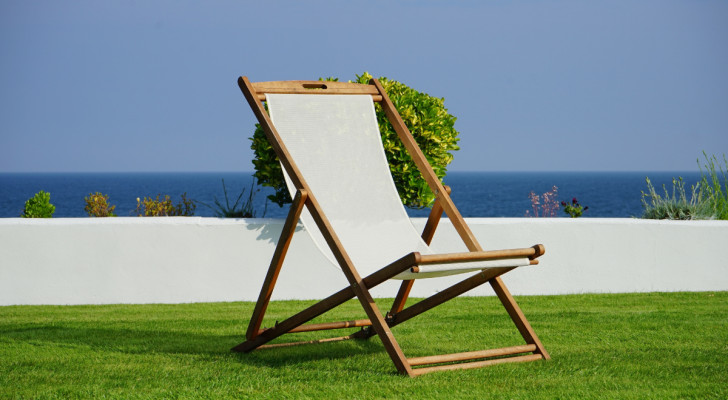Keep your aromatic herbs lush and thriving: here's some advice to consider
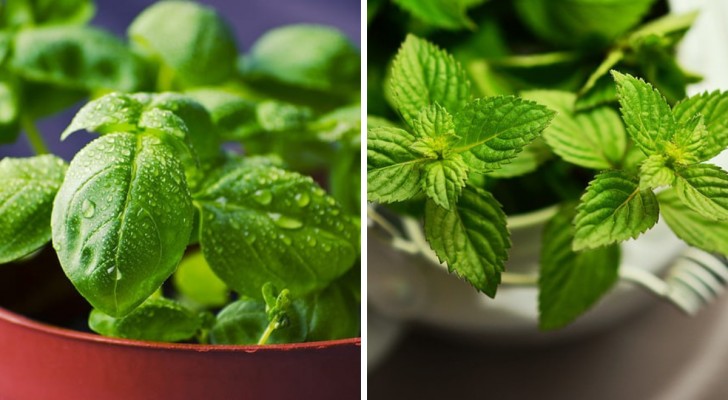
Basil, mint, parsley and other aromatic herbs: these are amongst the most popular plants to keep at home, on the balcony or in the garden. They are beautiful, useful in the kitchen and much beloved by pollinating insects. So, all round, there are compelling reasons to grow herbs and spices at home.
But not all of us are successful at growing herbs, for various reasons. If this is the case for you, read on to get some guidance about how to grow herbs and spices at home:
Healthy herbs all year round
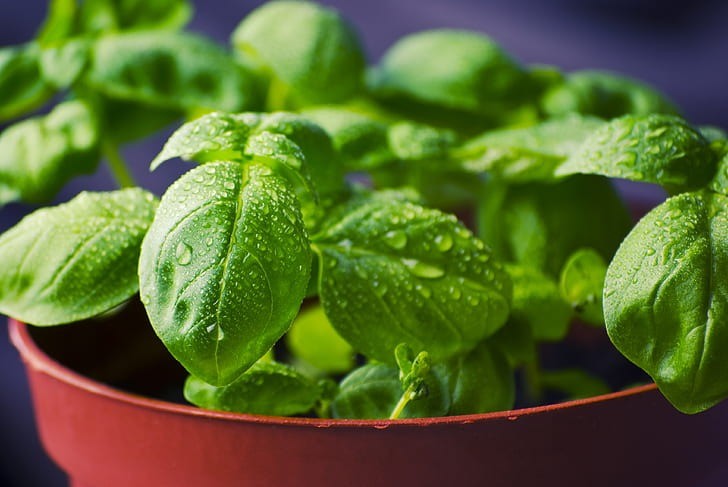
The first thing to pay attention to is when buying them: choose lush-looking, strong plants that show no signs of withering.
Once you get home, immediately find the ideal location for them: simply placing them near the stove (where we use them most) may not be the best spot for them. We need to find the place in the house where they will receive the right amount of sunlight and where they are not exposed to the cold or drafts. Some plants are more delicate than others. Research their needs and act accordingly.
Care of aromatic herbs: potting, watering and the soil
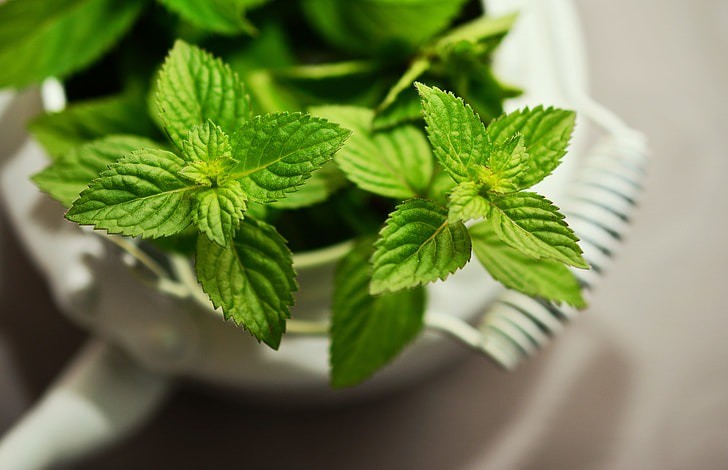
Popular gardening wisdom teaches that the root of plants must have the right amount of space. Inspect the pot you purchased your herbs in: if you see that there are some roots growing out of the little holes in the bottom, it's time to repot them. You should always choose a vase that is two or three sizes larger, but do not go larger.
Larger is not often better and large pots will make watering your herbs more problematic.
And speaking of watering, we must remember that many herbs do not like too much water: this does not mean that they should be forgotten for days, but neither does it mean that the soil must be constantly wet. Water only when the soil is dry - checking with your finger.
Also remember that the soil must be loose and well-draining, to prevent water stagnation from forming and the roots rotting.
How to pick aromatic herbs so as not to ruin the plant
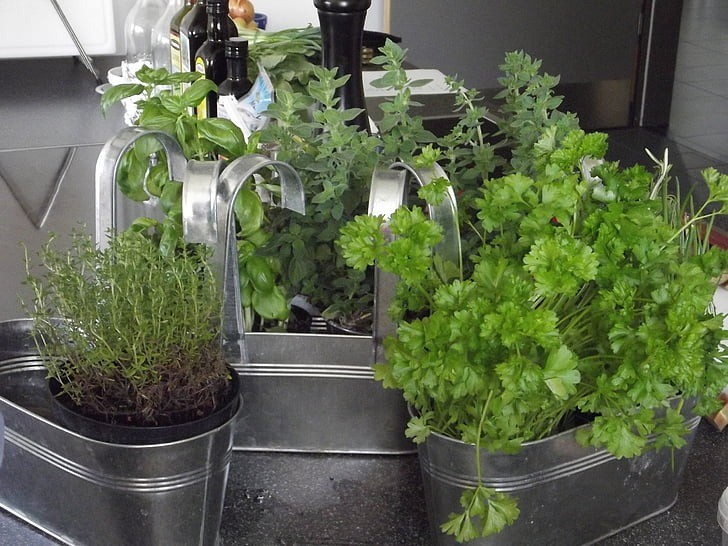
Since the primary reason we grow these plants is to use them for cooking, we will frequently harvest them. But how should this be done?
The first rule is not to use your hands, but always cut of plant parts with very sharp scissors. Ideally, each cut is made with sterilized blades (use alcohol or a lighter) to avoid transmitting any diseases.
As for how and when to cut: cut only the ends of the sprigs, and if they are woody at the base (this can happen, for example, with rosemary), avoid cutting into the wood. Then, always choose different branches: the idea is that you will always have well-distributed and compact foliage - so don't get lazy and cut only on one side. This approach does not have a purely aesthetic reason and, in fact, pushes the plant to produce new branches from below, thus becoming more compact and robust.
In the case of plants that flower (and if you are not growing them for this reason), trim the buds off so that the plant puts its resources into the parts you want to retain and use.
Don't forget to remove dry, dead leaves or branches, and you will see that the plants will stay in good shape.
By following these tips, your herbs will stay lush for a long time!



